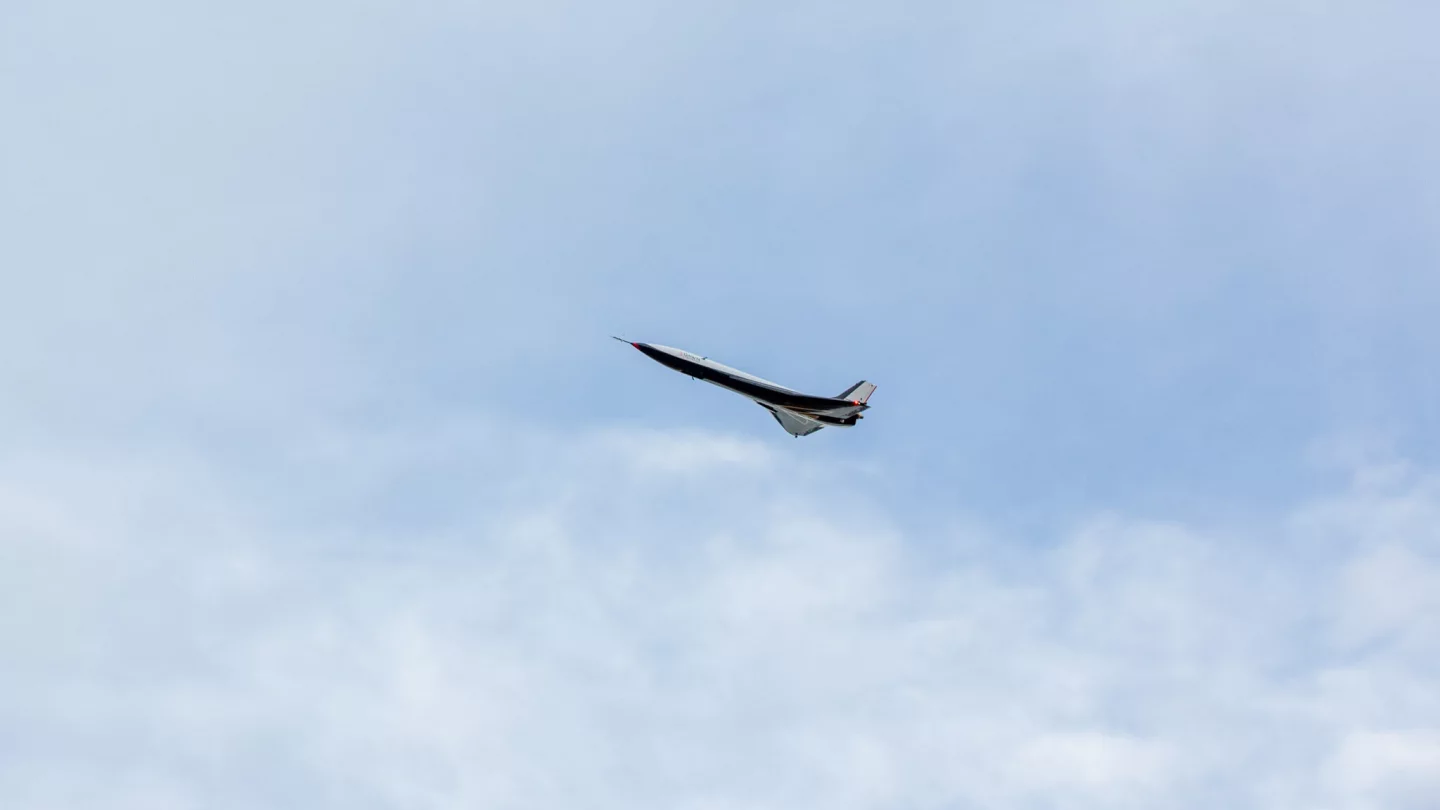Dawn Aerospace has successfully completed five test flights of its uncrewed Mk-II Aurora suborbital spaceplane in the skies over Glentanner Aerodrome on New Zealand’s South Island. The flights were conducted by the New Zealand-Dutch space transportation company from July 28 to 30, 2021 at altitudes of up to 3,400 feet (1,036 m), with the prototype airframe fitted with surrogate jet engines.
The three-days of test flights to assess the airframe and avionics of the aircraft took place under a certificate issued to Dawn by the New Zealand Civil Aviation Authority (CAA), which allowed the Mk-II Aurora to operate from conventional airports without airspace restrictions after ground tests were completed.
The Mk-II Aurora is designed to take off and land horizontally using conventional runways. It's currently equipped with surrogate jet engines, but these will be replaced by a liquid-fuel rocket engine, which is now undergoing static tests. Once installed, the hydrogen peroxide/kerosene engine will propel the spaceplane to supersonic speeds and high altitudes, and ultimately to a height of 100 km (62 mi) on a suborbital trajectory.

According to Dawn, the Mk-II Aurora is a demonstrator for the more advanced two-stage-to-orbit Mk-III vehicle, which is designed to fly from a number of global hub launch locations. Dawn says it the aircraft intended to operate as a fleet of spaceplanes on the commercial airline model, with multiple daily launches, while integrating with other fixed-wing aircraft and helicopters in the airspace. The MK-II will be able to deliver payloads weighing up to 250 kg (550 lb) and the first stage is reusable.
In addition to conducting engineering tests, the Mk-II will also be used to gather atmospheric data for weather and climate modeling, and for conducting other scientific research and technology demonstrations.
"Dawn is focused on sustainable and scalable access to space and our Mk-II vehicle is entirely reusable," says Dawn CEO Stefan Powell. "The team have successfully captured extensive data enabling further R&D on the capability of Mk-II. I’m hugely proud of our engineering team for designing and building a vehicle that flies beautifully first time and just as predicted. We are delighted with the results and demonstrating rapid turnaround – we conducted five flights within three days, and two flights occurred within ninety minutes of each other."
The video below shows the recent flight tests.
Source: Dawn Aerospace












